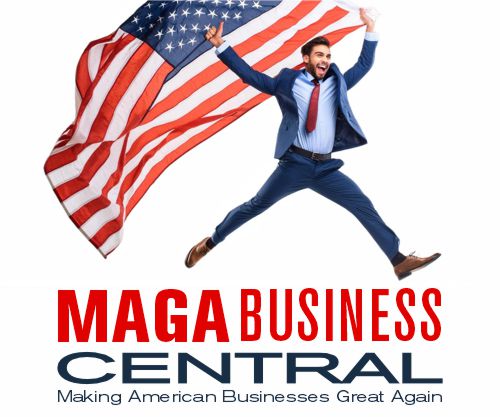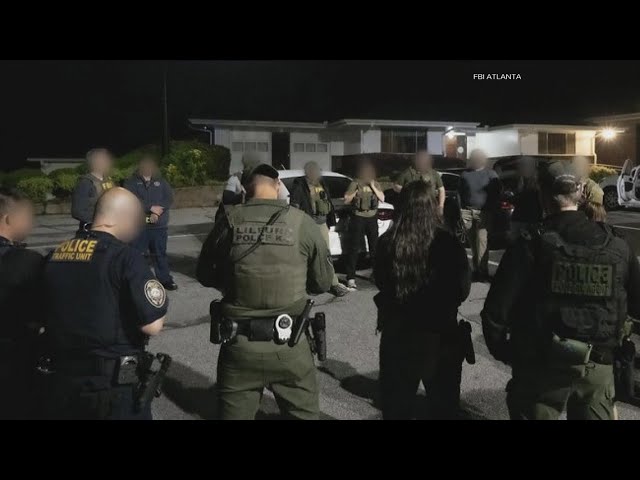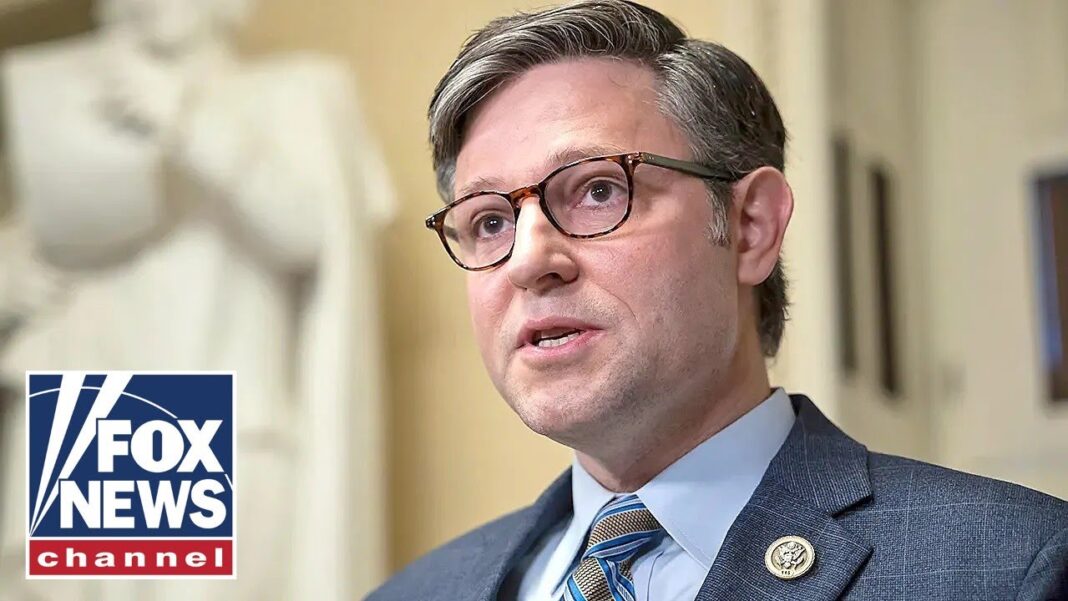The ongoing nuclear talks between the United States and Iran, which began in Oman on April 12, mark a critical juncture in global security. With Iran’s nuclear program advancing rapidly – its uranium stockpile now at 18,286 pounds, enriched up to 60% purity, a short step from weapons-grade levels – the stakes could not be higher. President Donald Trump has made it clear that Iran’s nuclear ambitions must be curtailed, stating, “I want Iran to be a wonderful, great, happy country. But they can’t have a nuclear weapon.” Yet, as negotiations move toward Rome, Trump must double down on demanding the complete dismantlement of Iran’s nuclear infrastructure, not merely a rollback to the 3.67% enrichment limit of the 2015 Joint Comprehensive Plan of Action (JCPOA). Anything less risks repeating past mistakes and emboldening Tehran’s path to a bomb.
The Oman negotiations, mediated by Omani Foreign Minister Badr al-Busaidi, saw U.S. envoy Steve Witkoff and Iranian Foreign Minister Abbas Araghchi engage in indirect talks, with a brief face-to-face exchange at the end. Both sides described the discussions as “constructive,” with Araghchi noting they were held in a “calm and respectful environment” with “no sharp words exchanged.” The White House echoed this sentiment, calling the talks “a step forward in achieving a mutually beneficial outcome.” Yet, beneath the diplomatic niceties, fundamental differences remain.
Iran insists on maintaining its nuclear program for civilian purposes, with Araghchi stating, “What is clear now is that the negotiations are indirect, and in our view only on the nuclear issue.” Meanwhile, Witkoff signaled flexibility, telling The Wall Street Journal, “I think our position begins with dismantlement of your program. That doesn’t mean, by the way, that at the margin we’re not going to find other ways to find compromise.” This hint at compromise raises concerns, as Iran has historically exploited loopholes to advance its nuclear capabilities while technically adhering to agreements.
The 2015 JCPOA limited Iran to enriching uranium to 3.67% and maintaining a stockpile of 661 pounds, sufficient for its Bushehr power plant but far from weapons-grade. However, after Trump withdrew from the deal in 2018, Iran ramped up enrichment to 60% and amassed a stockpile capable of producing multiple nuclear weapons, according to the International Atomic Energy Agency (IAEA). Reducing enrichment back to 3.67% might sound like progress, but it’s a half-measure that fails to address the root issue: Iran’s entrenched nuclear infrastructure and expertise.
First, Iran’s scientists now possess advanced knowledge of uranium enrichment, gained over decades. As one analyst noted on X, “Iran’s nuclear know-how can’t be bombed away or negotiated out of existence.” Even at 3.67%, Iran could maintain centrifuges and facilities that allow it to quickly scale up enrichment if it chooses to break out. Second, the JCPOA’s inspection regime was undermined when Iran restricted IAEA access, switching off cameras at key sites. IAEA Director General Rafael Grossi, set to visit Iran this week, wrote on X, “Continued engagement and cooperation with the Agency is essential at a time when diplomatic solutions are urgently needed.” Without dismantling Iran’s program entirely, verifying compliance remains a gamble.
US Defense Secretary Pete Hegseth called on Tehran to fully dismantle its nuclear program.
“Iran, come to the table, negotiate, full dismantlement of your nuclear capabilities,” he said on Fox News, echoing earlier remarks by US National Security Adviser Michael Waltz who said that Trump would demand a “full dismantlement.”
Trump has been unequivocal about the danger of a nuclear Iran. Speaking to reporters on Air Force One before the Oman talks, he said, “I want them not to have a nuclear weapon. I want Iran to be a wonderful, great, happy country, but they can’t have a nuclear weapon.” His frustration with the pace of negotiations was evident when he remarked on April 14 that “these are radicalized people, and they cannot have a nuclear weapon.”
These statements reflect a broader strategy: using the threat of military action to pressure Iran into compliance. As he warned earlier this month, “If they don’t make a deal, there will be bombing, and it will be bombing the likes of which they have never seen before.”
Yet, Trump’s openness to diplomacy, as seen in his surprise announcement of talks, suggests he prefers a deal – if it meets his terms. His envoy Witkoff’s comment that “there can’t be weaponization of your nuclear capability” indicates a red line, but the mention of “compromise” raises questions about whether the U.S. might settle for less than total dismantlement. This is where Trump must hold firm.
Settling for reduced enrichment repeats the flaws of the JCPOA, which Trump called a “horrible one-sided deal” for failing to address Iran’s ballistic missiles and regional aggression. Iran’s deputy foreign minister, Kazem Gharibabadi, emphasized the need for “guarantees in place regarding the fulfillment of commitments,” citing past U.S. withdrawals. This demand for assurances signals Iran’s intent to secure concessions while preserving its nuclear framework.
Moreover, Israeli Prime Minister Benjamin Netanyahu’s call for a “Libyan solution” – complete dismantlement under U.S. supervision – reflects regional fears. Netanyahu warned, “The second option is that [Iran will] just drag out the talks, and then the only option is military.” Iran’s rejection of this model, citing the fate of Libya’s Muammar Gaddafi, underscores its refusal to abandon its program entirely. A deal that leaves Iran’s nuclear infrastructure intact risks escalating tensions, potentially forcing Israel or the U.S. to act militarily.
The upcoming talks on April 19, again in Oman, will test both sides’ commitment. The negotiations will likely focus on defining a framework. Iran will push to retain enrichment rights, possibly at 20%, as it has in past talks, while seeking sanctions relief. Araghchi’s goal, as he told Iranian state TV, is to “decide on a timetable for negotiations on a nuclear deal.” The U.S., however, must press for concrete steps toward dismantlement, including the export of Iran’s enriched uranium stockpile and the destruction of advanced centrifuges.
Oman’s mediation will remain crucial, with Foreign Minister al-Busaidi noting a “shared aim of concluding a fair and binding agreement.” Yet, Iran’s insistence on indirect talks, driven by distrust of the U.S., could slow progress. If Iran keeps dodging direct talks, it’s a sign they’re stalling for time. Trump’s 60-day target for a deal adds urgency, but as the Atlantic Council warned, “The Iranians will be adept at extending that timeline.”
Complete dismantlement is the only way to ensure Iran cannot develop a nuclear weapon. Unlike a reduction to 3.67%, which leaves room for future violations, dismantling Iran’s enrichment facilities, exporting its uranium stockpile, and imposing permanent inspections eliminates the threat. This approach aligns with Trump’s vision of a deal that prioritizes global security over temporary concessions. As he told NBC News, “I want them to be a rich, great nation,” but only if they abandon their nuclear ambitions entirely.
The alternative – another partial deal – risks a cycle of brinkmanship. Iran’s supreme leader, Ayatollah Ali Khamenei, has warned that U.S. threats “will get them nowhere,” signaling defiance. With Iran’s economy reeling from sanctions, Trump has leverage to demand more than cosmetic limits. By doubling down on dismantlement, he can avoid the pitfalls of 2015 and secure a legacy-defining agreement or, failing that, justify tougher measures to protect U.S. and allied interests.
Trump must channel his dealmaking instincts (through Witkoff) to outmaneuver Iran’s negotiators. The world is watching.





